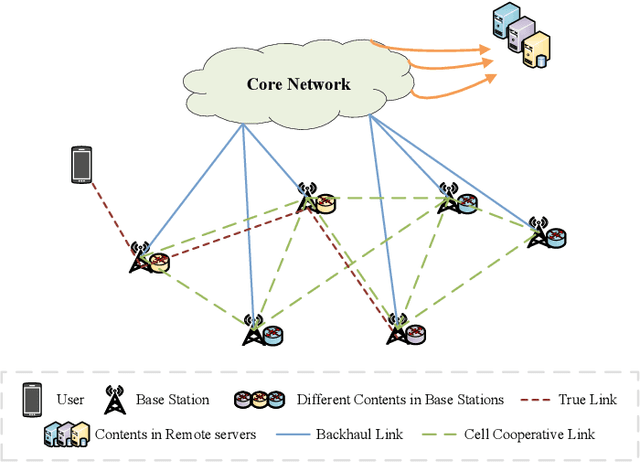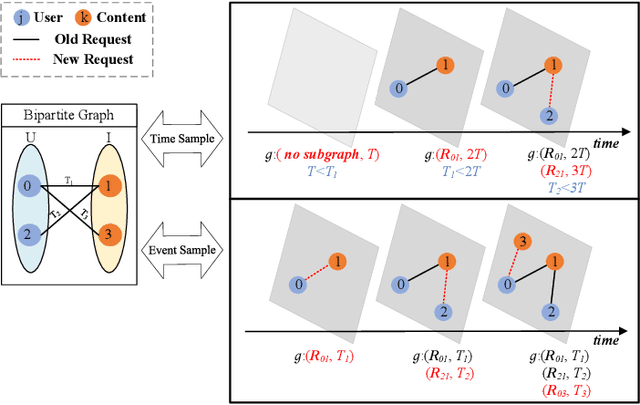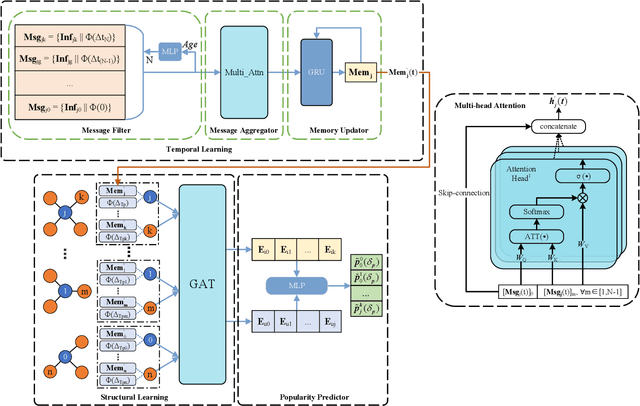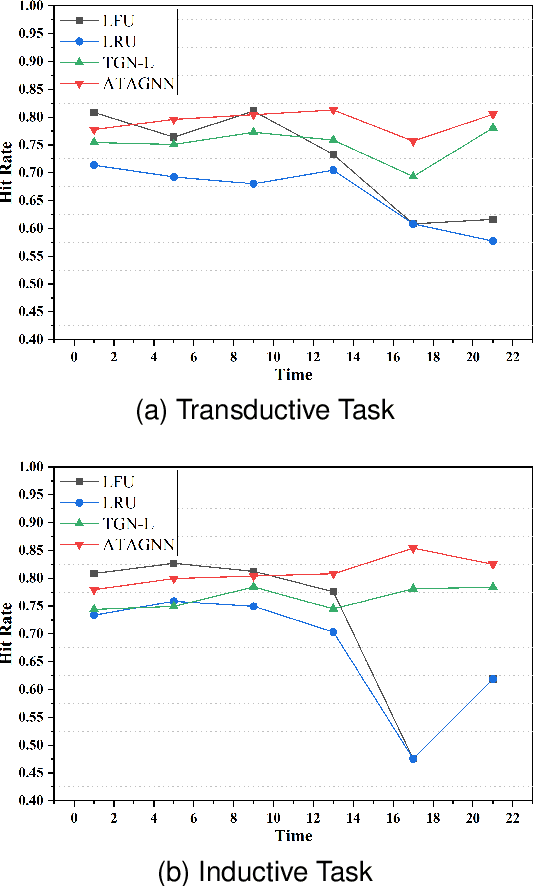Jianhang Zhu
Topology-Assisted Spatio-Temporal Pattern Disentangling for Scalable MARL in Large-scale Autonomous Traffic Control
Jun 14, 2025Abstract:Intelligent Transportation Systems (ITSs) have emerged as a promising solution towards ameliorating urban traffic congestion, with Traffic Signal Control (TSC) identified as a critical component. Although Multi-Agent Reinforcement Learning (MARL) algorithms have shown potential in optimizing TSC through real-time decision-making, their scalability and effectiveness often suffer from large-scale and complex environments. Typically, these limitations primarily stem from a fundamental mismatch between the exponential growth of the state space driven by the environmental heterogeneities and the limited modeling capacity of current solutions. To address these issues, this paper introduces a novel MARL framework that integrates Dynamic Graph Neural Networks (DGNNs) and Topological Data Analysis (TDA), aiming to enhance the expressiveness of environmental representations and improve agent coordination. Furthermore, inspired by the Mixture of Experts (MoE) architecture in Large Language Models (LLMs), a topology-assisted spatial pattern disentangling (TSD)-enhanced MoE is proposed, which leverages topological signatures to decouple graph features for specialized processing, thus improving the model's ability to characterize dynamic and heterogeneous local observations. The TSD module is also integrated into the policy and value networks of the Multi-agent Proximal Policy Optimization (MAPPO) algorithm, further improving decision-making efficiency and robustness. Extensive experiments conducted on real-world traffic scenarios, together with comprehensive theoretical analysis, validate the superior performance of the proposed framework, highlighting the model's scalability and effectiveness in addressing the complexities of large-scale TSC tasks.
Knowledge Enhanced Semantic Communication Receiver
Feb 13, 2023Abstract:In recent years, with the rapid development of deep learning and natural language processing technologies, semantic communication has become a topic of great interest in the field of communication. Although existing deep learning based semantic communication approaches have shown many advantages, they still do not make sufficient use of prior knowledge. Moreover, most existing semantic communication methods focus on the semantic encoding at the transmitter side, while we believe that the semantic decoding capability of the receiver side should also be concerned. In this paper, we propose a knowledge enhanced semantic communication framework in which the receiver can more actively utilize the prior knowledge in the knowledge base for semantic reasoning and decoding, without extra modifications to the neural network structure of the transmitter. Specifically, we design a transformer-based knowledge extractor to find relevant factual triples for the received noisy signal. Extensive simulation results on the WebNLG dataset demonstrate that the proposed receiver yields superior performance on top of the knowledge graph enhanced decoding.
Semantics-enhanced Temporal Graph Networks for Content Caching and Energy Saving
Feb 02, 2023Abstract:The enormous amount of network equipment and users implies a tremendous growth of Internet traffic for multimedia services. To mitigate the traffic pressure, architectures with in-network storage are proposed to cache popular content at nodes in close proximity to users to shorten the backhaul links. Meanwhile, the reduction of transmission distance also contributes to the energy saving. However, due to limited storage, only a fraction of the content can be cached, while caching the most popular content is cost-effective. Correspondingly, it becomes essential to devise an effective popularity prediction method. In this regard, existing efforts adopt dynamic graph neural network (DGNN) models, but it remains challenging to tackle sparse datasets. In this paper, we first propose a reformative temporal graph network, which is named STGN, that utilizes extra semantic messages to enhance the temporal and structural learning of a DGNN model, since the consideration of semantics can help establish implicit paths within the sparse interaction graph and hence improve the prediction performance. Furthermore, we propose a user-specific attention mechanism to fine-grainedly aggregate various semantics. Finally, extensive simulations verify the superiority of our STGN models and demonstrate their high potential in energy-saving.
AoI-based Temporal Attention Graph Neural Network for Popularity Prediction and Content Caching
Aug 18, 2022



Abstract:Along with the fast development of network technology and the rapid growth of network equipment, the data throughput is sharply increasing. To handle the problem of backhaul bottleneck in cellular network and satisfy people's requirements about latency, the network architecture like information-centric network (ICN) intends to proactively keep limited popular content at the edge of network based on predicted results. Meanwhile, the interactions between the content (e.g., deep neural network models, Wikipedia-alike knowledge base) and users could be regarded as a dynamic bipartite graph. In this paper, to maximize the cache hit rate, we leverage an effective dynamic graph neural network (DGNN) to jointly learn the structural and temporal patterns embedded in the bipartite graph. Furthermore, in order to have deeper insights into the dynamics within the evolving graph, we propose an age of information (AoI) based attention mechanism to extract valuable historical information while avoiding the problem of message staleness. Combining this aforementioned prediction model, we also develop a cache selection algorithm to make caching decisions in accordance with the prediction results. Extensive results demonstrate that our model can obtain a higher prediction accuracy than other state-of-the-art schemes in two real-world datasets. The results of hit rate further verify the superiority of the caching policy based on our proposed model over other traditional ways.
 Add to Chrome
Add to Chrome Add to Firefox
Add to Firefox Add to Edge
Add to Edge